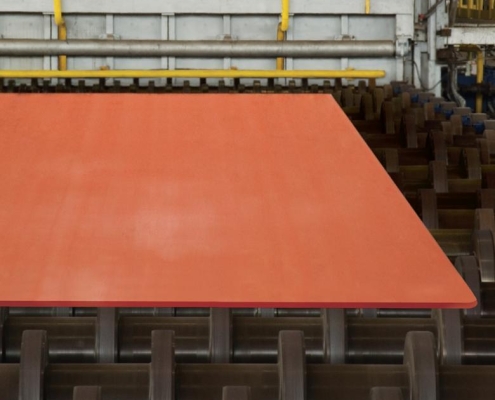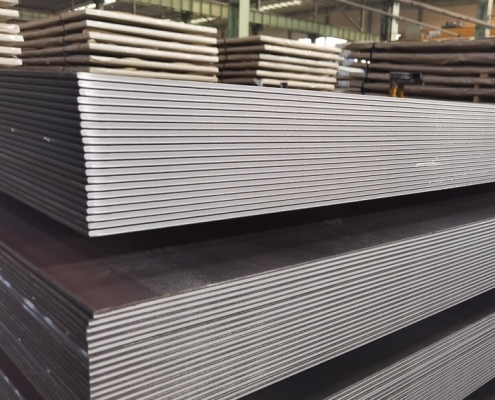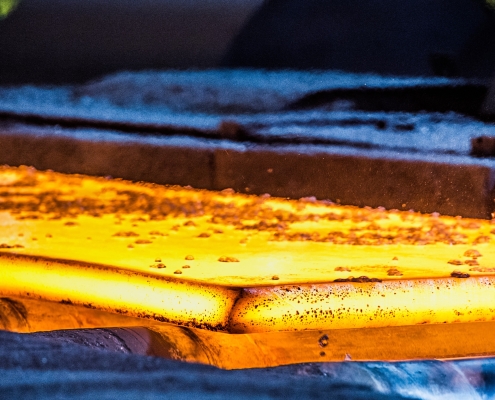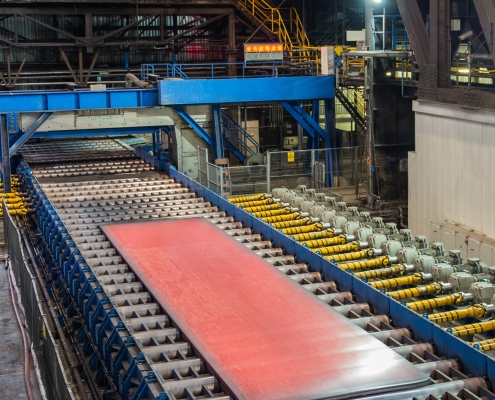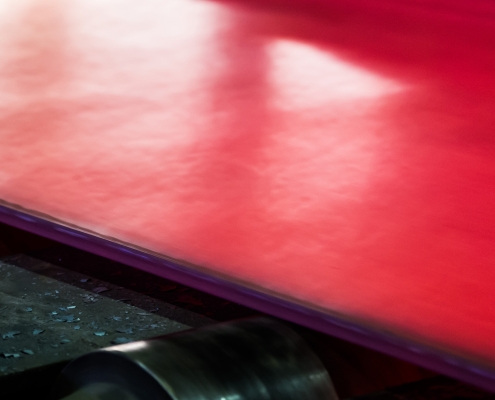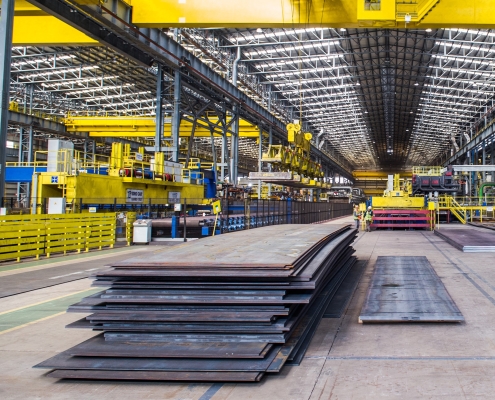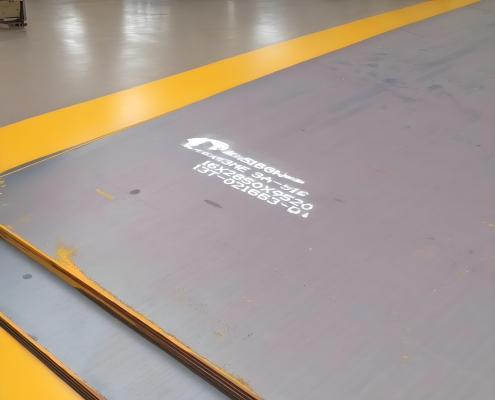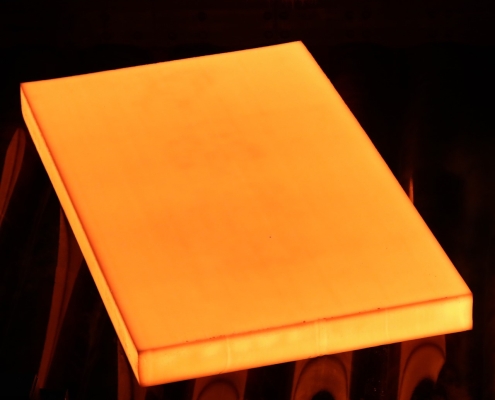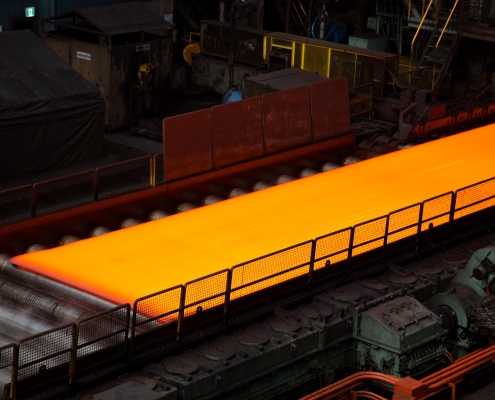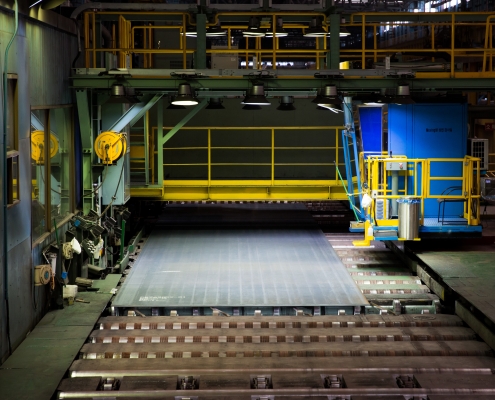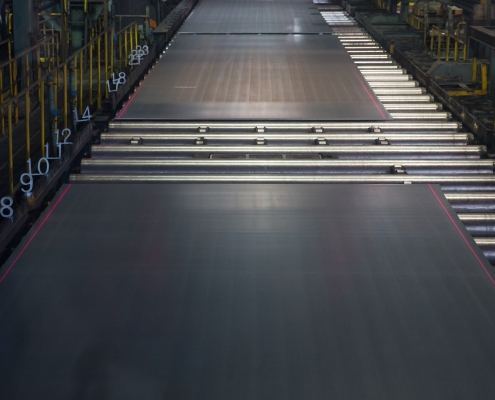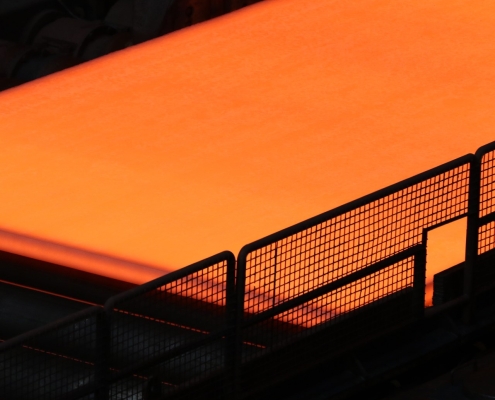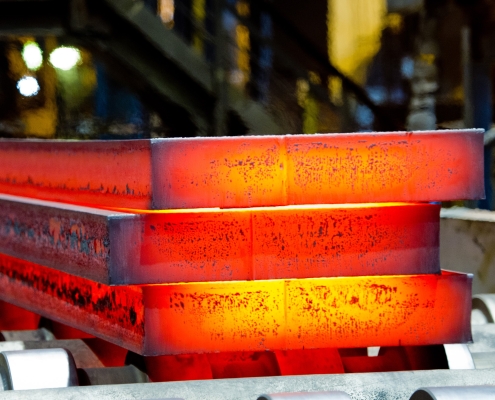Future Energy Steel offers a comprehensive range of high-quality Steel Plates, meticulously crafted to meet diverse industrial needs with quality and precision. Our product line features a wide selection of steel plates, including Pipeline Steel Plates for robust pipelines, Ordinary and High Strength Shipbuilding Plates for maritime applications, Carbon and Low Alloy Structural Plates for varied construction projects, and Boiler & Pressure Vessel Plates for critical industrial applications. We also offer Atmospheric Corrosion Resistant Steel Plates, Mechanical Engineering Mold and Wear-resistant Steel Plates, and Energy Steel Plates tailored to specialized requirements. Each plate is sourced from reputed manufacturers and undergoes rigorous quality assurance to ensure durability and performance across sectors like construction, manufacturing, and energy. Explore our catalog to find the perfect steel plate solution for your specific needs and experience the reliability and excellence that define Future Energy Steel. For more details, please contact [email protected].
FAQs
What Are Steel Plates?
Steel plates are flat, often rectangular-shaped sheets of steel used in various industrial applications. They are produced through a process that involves rolling or pressing steel ingots at high temperatures to achieve the desired thickness and shape. Steel plates come in different grades and thicknesses, each tailored to specific requirements such as strength, corrosion resistance, and weldability. Common uses include construction, shipbuilding, machinery manufacturing, and structural applications like bridges and pipelines. Their versatility and strength make steel plates integral to modern infrastructure and industrial processes worldwide.
How Many Types of Steel Plates?
Steel plates can be classified into several types based on their composition, properties, and intended use:
Carbon Steel Plates: These are the most common type of steel plates and are primarily made of carbon. They are widely used in structural applications due to their strength and affordability.
Alloy Steel Plates: Alloy steel plates contain additional elements such as manganese, nickel, chromium, or molybdenum to enhance their mechanical properties, such as hardness, toughness, and corrosion resistance.
Stainless Steel Plates: These plates contain a high percentage of chromium (often with nickel or other alloys) to provide corrosion resistance. They are commonly used in environments where corrosion resistance is crucial, such as in food processing, chemical plants, and marine applications.
Tool Steel Plates: Tool steel plates are designed for use in making tools or molds. They are known for their hardness, abrasion resistance, and ability to retain shape at high temperatures.
High-Strength Low-Alloy (HSLA) Steel Plates: HSLA plates offer higher strength-to-weight ratios compared to conventional carbon steel plates. They are used in structural applications where weight reduction and higher strength are desired.
Abrasion-Resistant Steel Plates: These plates are specifically designed to withstand wear and abrasion, making them suitable for applications such as mining equipment, dump truck bodies, and excavator buckets.
Pressure Vessel Steel Plates: These plates are designed to withstand high-pressure applications in boilers and pressure vessels. They typically have enhanced mechanical properties and are tested to ensure they can safely contain pressurized fluids or gases.
Marine and Offshore Steel Plates: These plates are specially designed to withstand harsh marine environments, offering excellent corrosion resistance and toughness. They are used in shipbuilding, offshore platforms, and oil rigs.
What Are Steel Plates Dimensions?
Steel plates come in various dimensions depending on their intended application, manufacturing method, and standards. The dimensions of steel plates typically include:
Thickness: This is the measurement of how thick the steel plate is. Thicknesses can range from very thin sheets (less than 1 millimeter) used in decorative applications to thick plates (over 150 millimeters) used in heavy construction and industrial machinery.
Width: The width of steel plates varies widely depending on their use. Standard widths can range from 1,000 millimeters (1 meter) to 3,500 millimeters (3.5 meters) or more. Widths are typically specified in millimeters.
Length: Steel plates are often sold in standard lengths or can be cut to custom lengths as per project requirements. Standard lengths for commercial steel plates range from 2,000 millimeters (2 meters) to 12,000 millimeters (12 meters) or longer. Lengths are specified in millimeters or meters.
What Are the Standards for Steel Plates?
Steel plates are manufactured and standardized according to various international and national standards to ensure quality, performance, and compatibility across different industries. Some of the key standards for steel plates include:
ASTM (American Society for Testing and Materials): ASTM standards cover a wide range of steel plate specifications for various applications, including structural steel, high-strength low-alloy (HSLA) steel, pressure vessel steel, and more.
ASME (American Society of Mechanical Engineers): ASME standards are used for pressure vessel and boiler steel plates, ensuring they meet safety and performance requirements for high-pressure applications.
API (American Petroleum Institute): API standards specify requirements for steel plates used in the oil and gas industry, particularly for pipelines, offshore platforms, and equipment subjected to harsh environments.
EN (European Norm): EN standards, governed by the European Committee for Standardization (CEN), cover steel plate specifications for various structural, pressure vessel, and offshore applications across Europe.
JIS (Japanese Industrial Standards): JIS standards are used in Japan and other Asian countries, providing specifications for steel plates used in construction, machinery, and automotive industries.
GB (Chinese National Standards): GB standards, also known as Chinese National Standards, specify requirements for steel plates used in China across various industries, including construction and manufacturing.
DIN (Deutsches Institut für Normung): DIN standards from Germany cover steel plate specifications for structural, pressure vessel, and offshore applications, ensuring compliance with German industrial requirements.
What Are the Applications of Steel Plates?
Steel plates have a wide range of applications across various industries due to their strength, versatility, and durability. Some common applications include:
Construction: Steel plates are used in construction for building structures such as bridges, skyscrapers, stadiums, and residential buildings. They provide structural support and stability.
Shipbuilding: Steel plates are crucial in the construction of ships and offshore platforms due to their strength, weldability, and corrosion resistance. They ensure the structural integrity and safety of marine vessels.
Automotive: Steel plates are used in automotive manufacturing for making vehicle frames, chassis, and structural components. They provide strength and safety features in automobiles.
Machinery and Equipment: Steel plates are used in the manufacturing of heavy machinery, equipment, and industrial tools due to their toughness and wear resistance. Examples include mining equipment, agricultural machinery, and construction machinery.
Pressure Vessels and Boilers: Steel plates designed for pressure vessels and boilers are used in industries such as oil refining, chemical processing, and power generation. They safely contain pressurized fluids or gases.
Energy Sector: Steel plates are used in the energy industry for constructing pipelines, storage tanks, and offshore platforms. They withstand harsh environments and ensure reliable operations in oil, gas, and renewable energy projects.
Defense and Aerospace: Steel plates are used in the defense and aerospace industries for manufacturing armored vehicles, military vehicles, aircraft structures, and missile components. They provide strength and protection.
Infrastructure: Steel plates are used in infrastructure projects such as railway bridges, highway bridges, tunnels, and dams. They offer structural support and durability in civil engineering applications.
Manufacturing and Fabrication: Steel plates are used by manufacturers and fabricators to create various products and components through cutting, bending, and welding processes. They are versatile and adaptable to different manufacturing requirements.
Consumer Goods: Steel plates are also used in consumer goods manufacturing for items such as appliances, furniture, and household tools due to their strength and aesthetic appeal.

